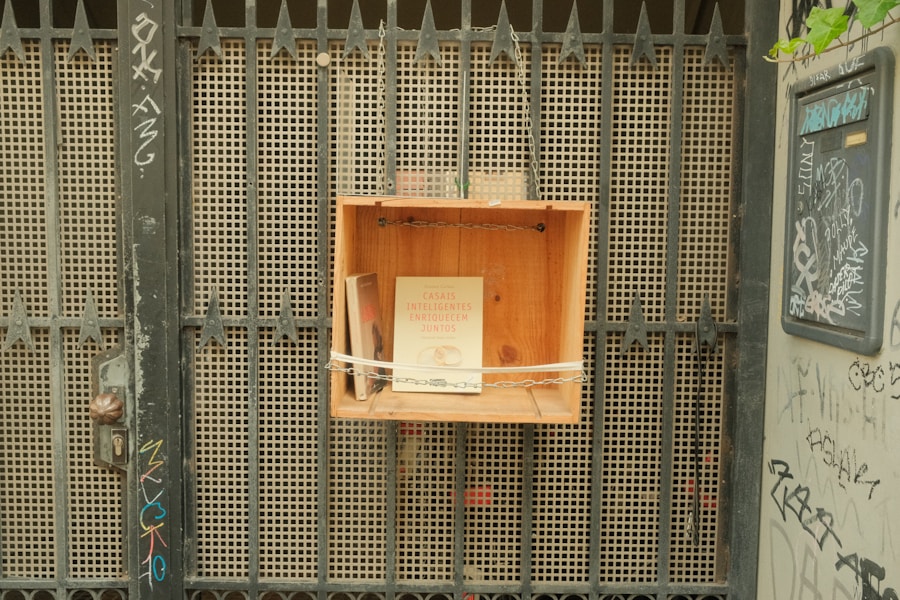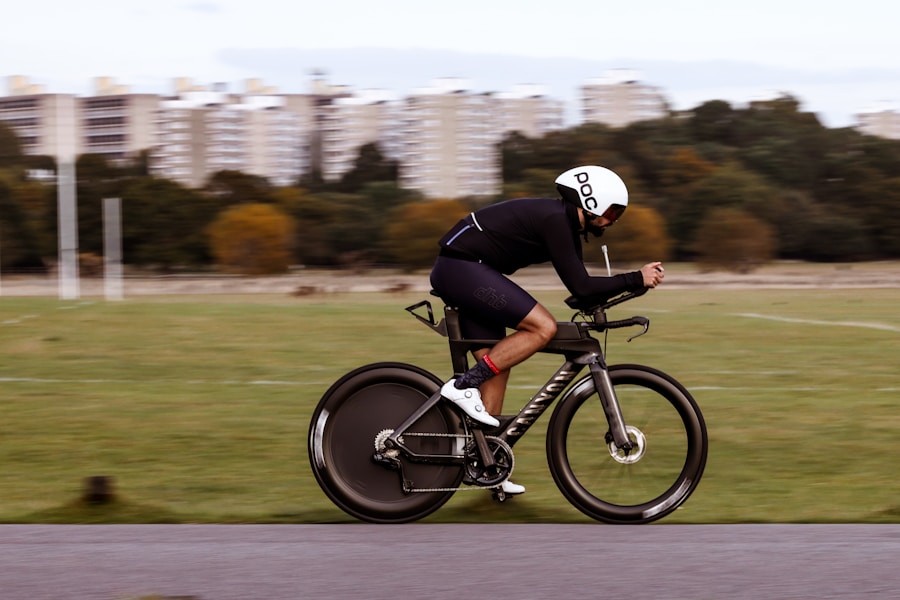Dog crate training is a valuable tool for both pet owners and their furry companions. There are numerous benefits to crate training, including providing a safe and secure space for your dog, aiding in housebreaking, and helping to manage behavior issues. By providing a designated space for your dog, you can help reduce anxiety and stress, as well as prevent destructive behaviors when you are not able to supervise them. Additionally, crate training can be a useful tool for housebreaking, as dogs are naturally inclined to avoid soiling their living space. By using the crate as a training tool, you can help establish a routine for your dog and encourage them to hold their bladder until they are let outside. Furthermore, crate training can also help manage behavior issues such as separation anxiety, excessive barking, and destructive chewing. By providing a safe and secure space for your dog, you can help them feel more comfortable and secure, which can lead to improved behavior overall.
In addition to the practical benefits of crate training, it can also be a valuable tool for traveling with your dog. Whether you are taking a road trip or flying with your pet, having a well-trained dog that is comfortable in a crate can make the experience much more enjoyable for both you and your furry friend. By crate training your dog, you can help them feel more at ease in unfamiliar environments and reduce the stress of traveling. Overall, crate training can provide numerous benefits for both pet owners and their dogs, including creating a safe and secure space, aiding in housebreaking, managing behavior issues, and making travel more enjoyable for everyone involved.
Choosing the Right Crate for Your Dog
When it comes to crate training, choosing the right crate for your dog is essential. There are several factors to consider when selecting a crate, including size, material, and design. The size of the crate is one of the most important considerations, as it should be large enough for your dog to stand up, turn around, and lie down comfortably. However, it should not be so large that your dog has enough room to use one area as a bathroom and another as a sleeping area. Additionally, the material of the crate is also important to consider. Wire crates are often a popular choice due to their durability and visibility, while plastic crates can provide a more den-like environment for dogs who prefer a cozy space. There are also soft-sided crates available, which can be a good option for travel or for dogs who are already comfortable in a crate.
In addition to size and material, the design of the crate is another important factor to consider. Some crates come with divider panels that allow you to adjust the size of the crate as your dog grows, while others have features such as double doors or removable trays for easy cleaning. It’s important to consider your dog’s individual needs and preferences when selecting a crate, as well as any specific requirements for travel or other activities. By choosing the right crate for your dog, you can help ensure that they have a comfortable and secure space that meets their needs.
Introducing Your Dog to the Crate
Introducing your dog to the crate is an important step in the crate training process. It’s essential to take a gradual and positive approach to help your dog feel comfortable and secure in their new space. Start by placing the crate in an area of your home where your dog spends a lot of time, such as the living room or kitchen. Leave the door open and encourage your dog to explore the crate on their own terms. You can place treats or toys inside the crate to make it more inviting, but avoid forcing your dog into the crate or shutting the door before they are ready.
Once your dog is comfortable entering and exiting the crate on their own, you can begin feeding them their meals inside the crate to create positive associations. Start by leaving the door open while they eat, then gradually close the door for short periods of time while they are eating. It’s important to go at your dog’s pace and not rush this process, as forcing them into the crate or shutting the door too quickly can create negative associations with the space. By taking a gradual and positive approach to introducing your dog to the crate, you can help them feel more comfortable and secure in their new space.
Establishing a Routine for Crate Training
Establishing a routine for crate training is essential for success. Dogs thrive on routine and consistency, so it’s important to create a schedule that includes regular opportunities for your dog to spend time in their crate. Start by incorporating short periods of time in the crate into your daily routine, such as during meal times or when you need to leave the house for short periods of time. Gradually increase the amount of time your dog spends in the crate, always making sure to provide plenty of positive reinforcement and rewards for good behavior.
It’s also important to establish a routine for letting your dog out of the crate to go to the bathroom. Puppies and younger dogs may need to go outside more frequently, so it’s important to take them out on a regular schedule to prevent accidents in the crate. By establishing a routine for crate training, you can help your dog feel more comfortable and secure in their new space while also aiding in housebreaking and behavior management.
Using Positive Reinforcement Techniques
Positive reinforcement techniques are an essential part of successful crate training. By using rewards such as treats, praise, and toys, you can help create positive associations with the crate and encourage good behavior. When introducing your dog to the crate, use treats or toys to make it more inviting and rewarding for them to enter on their own. You can also use treats or praise when they enter the crate willingly or remain calm while inside.
Additionally, it’s important to use positive reinforcement when letting your dog out of the crate. Always wait for a moment of calm before opening the door, then praise and reward them for exiting calmly. By using positive reinforcement techniques throughout the crate training process, you can help create a positive and rewarding experience for your dog while also encouraging good behavior.
Addressing Common Challenges in Crate Training
While crate training can be a valuable tool for pet owners, it’s not without its challenges. Some dogs may initially resist being confined to a crate or experience anxiety or stress when left alone. It’s important to address these challenges with patience and understanding, as forcing a dog into a crate or using it as punishment can create negative associations with the space.
If your dog is resistant to being in the crate, start by taking a step back and reintroducing them to the space gradually. Use positive reinforcement techniques such as treats or toys to make it more inviting for them to enter on their own terms. Additionally, you can try leaving the door open initially or using a soft-sided crate that provides a more den-like environment.
For dogs who experience anxiety or stress when left alone in the crate, it’s important to address these issues with patience and understanding. Start by leaving them in the crate for short periods of time while you are still at home, then gradually increase the amount of time they spend alone. You can also provide comfort items such as a favorite toy or blanket to help them feel more at ease while in the crate.
Gradually Transitioning Away from the Crate
Once your dog is comfortable and secure in their crate, you may want to consider gradually transitioning away from using it as a confinement tool. This can be done by leaving the door open while you are at home or allowing your dog to have supervised freedom in a designated area of your home. It’s important to take this transition slowly and gradually increase their freedom over time.
Start by leaving the door open while you are at home so that your dog can come and go from the crate as they please. You can also provide them with access to a larger area of your home while still supervising their behavior. Gradually increase their freedom over time while still providing plenty of positive reinforcement for good behavior.
It’s important to remember that every dog is different, so it’s essential to take this transition at your dog’s pace and not rush the process. By gradually transitioning away from using the crate as a confinement tool, you can help your dog feel more comfortable and secure while also providing them with more freedom in their daily routine.
In conclusion, crate training can be a valuable tool for pet owners looking to provide a safe and secure space for their dogs while also aiding in housebreaking and behavior management. By choosing the right crate for your dog and taking a gradual and positive approach to introducing them to the space, you can help create a positive experience for both you and your furry friend. Establishing a routine for crate training and using positive reinforcement techniques are essential for success, while also addressing common challenges with patience and understanding. Finally, gradually transitioning away from using the crate as a confinement tool can provide your dog with more freedom while still ensuring their safety and security. Overall, crate training can provide numerous benefits for both pet owners and their dogs while also creating a positive and rewarding experience for everyone involved.






Continued flux stresser
сюда https://krak-38.cc/
перейти на сайт https://krak-38.cc
ссылка на сайт https://krak-38.cc/
сюда донат пубг мобайл
Смотреть здесь https://t.me/RuFox_VPN_bot/